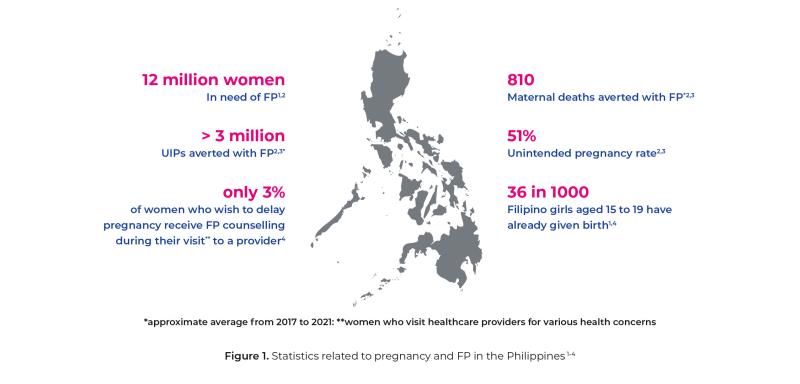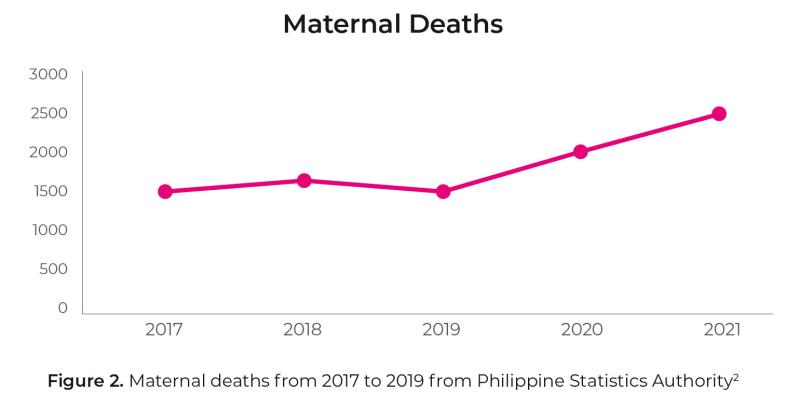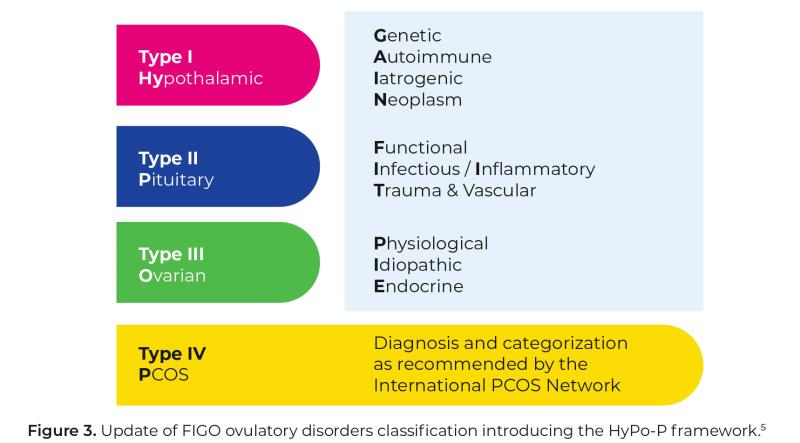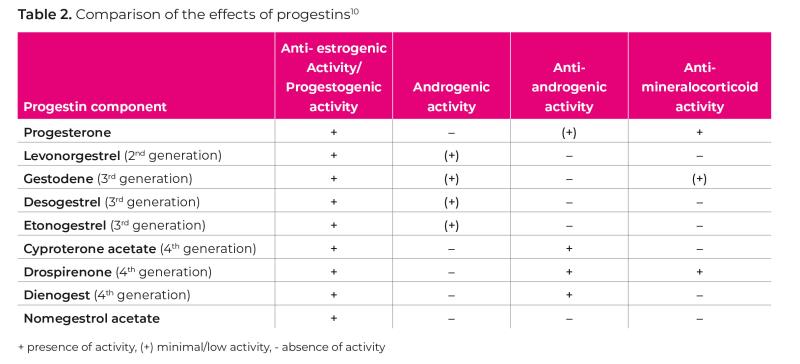Across a woman’s life, she undergoes multiple stages and
challenges in her reproductive cycle. In a health forum organized by Organon on
March 28, 2025, Dr Eileen Manalo and Dr Bernabe Reyes Marinduque discussed important
aspects of unintended pregnancies (UIP), contraception and polycystic ovarian
syndrome (PCOS).
The burden of unintended pregnancies (UIP)
Dr Marinduque began his discussion by sharing three cases he
encountered in his practice. The common denominator was the challenge of
limited access to adequate information and resources in the Philippines in
aiding and mitigating unintended pregnancies. His lecture discussed strategies
in preventing UIP and emphasizing the integration of family planning (FP) into
healthcare services.
UIP is classified as either
mistimed, where pregnancy occurs
earlier than planned and
unwanted, where pregnancy is not desired at all. FP is
a vital tool in helping women take control of their choices and plan
pregnancies according to their readiness.
1
In the Philippines, there is a total FP demand among 12
million women. However, there are around 5 million women of reproductive age
who still rely on traditional FP or are not using modern birth control.
1,2
From 2017 to 2019, maternal mortality increased (Figure 2).
Yet, FP has contributed significantly to reducing its impact, helping to
prevent over 3 million UIP and averting 810 maternal deaths during that period.
2,3
Despite this, 51% of pregnancies in the country remain unintended. Notably, among
women who visit healthcare providers for various concerns, only 3% of those who
wish to delay or limit pregnancy receive family planning counseling. Additionally,
36 out of every 1,000 Filipino girls aged 15 to 19 have already given birth.
1,4
Dr Marinduque stresses that UIP affects women and their
child in multiple aspects - physical, emotional, social, and financial. Health
risks include an increased likelihood of maternal complications, low birth
weight, prematurity, and severe neonatal conditions. Socially and economically,
it can disrupt a woman’s education, limit future opportunities, contribute to
social stigma, and perpetuate cycles of poverty. These consequences can have
lasting psychological effects on both the woman and her family.
4
Addressing UIP involves expanding access to comprehensive
sexual and reproductive services and addressing barriers to access. Key
strategies include:
4
- Integrating sexual reproductive health (SRH) packages in
universal health care
- Improving systems to ensure coverage for the vulnerable
populations
- Strengthening both preservice and in-service FP training
-Supporting women currently using FP methods
Additionally, promoting health literacy is crucial. This
includes implementing comprehensive sexuality education (CSE) and integrating
FP into routine care—such as antenatal, postpartum, post-abortion services, and
well-woman visits.
4
Finally, driving positive behavior change among women is
essential. This involves educating them about their SRH rights, empowering them
to make informed reproductive decisions, fostering autonomy, and building
confidence through initiatives that support self-efficacy.
4
Dr Marinduque concluded by urging healthcare providers to
routinely discuss reproductive intentions during consultations and provide
appropriate contraceptive counseling for women not seeking pregnancy.
Understanding hormonal transitions and PCOS
Dr Manalo shifted the discussion to hormonal health,
beginning with the importance of family planning in enabling women to make
informed reproductive decisions. She presented a case study of an 18-year-old
student seeking contraceptive advice who was subsequently diagnosed with
abnormal uterine bleeding (AUB) secondary to ovulatory dysfunction, PCOS, and
obesity.
In the diagnosis of abnormal uterine bleeding the FIGO
classification system has been a vital tool, which distinguishes structural
from non-structural causes of AUB.
5 The 2022 update introduced the
HyPo-P framework, further categorizing ovulatory dysfunction into hypothalamic,
pituitary, ovarian, and PCOS etiology (figure 3).
6
PCOS, affecting 10-13% of reproductive-aged women, was
discussed in detail. Diagnosis follows the Rotterdam criteria requiring at
least two of three features (table 1).
7,8 PCOS is associated with significant
reproductive, metabolic, and psychological complications.9
Management of PCOS begins with
lifestyle modifications
including 5-10% weight loss and regular physical activity. For menstrual
irregularities in women not seeking pregnancy, low-dose combined oral
contraceptives (COCs) are recommended, with cyclic progestogens as
alternatives.
8
COCs contain both estrogen and progestin components. They
are classified based on the type of progestin and are prescribed according to
the desired therapeutic effects and the risk of adverse events associated with
the specific progestin, as well as the estrogen dose. Progestins differ in
their androgenic and progestogenic activity (table 2).
9,10
The ethinyl estradiol (EE) dose in COCs varies (table 3).
COCs may be, monophasic, with consistent doses of estrogen and progestin
in all active pills or multiphasic, with varying doses of one or both
hormones across the cycle.
9
Depending on patient preference and clinical guidance,
COCs can be taken in the various regimens (table 4).
9 The cyclic
regimen typically involves 21–24 days of active pills followed by 4–7 days of
placebo.9,11
Multiple studies have demonstrated the efficacy of progestins
combined with 20 mcg of EE. These studies showed efficacious contraception without
serious side effects and minimal reports of minor side effects of a combination
of 20mcg of EE with either desogestrel or gestodene.
12-14
For non-contraceptive indications such as PCOS management,
current guidelines recommend initiating therapy with the lowest effective
estrogen dose, typically 20-30 mcg of EE. While no specific COC formulation
demonstrates clear superiority for PCOS treatment, the addition of metformin
should be considered for adolescents with BMI > 25 kg/m² who show inadequate
response to COCs and lifestyle modifications, and in patients with high metabolic
risk factors such as diabetes.
8
Aside from its contraceptive use, desogestrel-containing COCs
also reduces incidence and severity of dysmenorrhea and its impact on daily
activities. Women requiring analgesics decreased from 100% to 41% and
interference in daily activities reduced from 73% to only 10%.
15
Lastly, regarding long-term use, current evidence supports
COC continuation until menopause in healthy, non-smoking women without
contraindications. COCs maintain bone mineral density in women with normal
ovarian function, addressing previous concerns about potential skeletal
effects.
16
Dr Manalo concludes the discussion with several key practice
points for managing reproductive-aged women:
1. Comprehensive
assessment should address both contraceptive and non-contraceptive health
concerns, with particular attention to menstrual cycle characteristics and
reproductive plans.
2. Routine
visits should include discussion of short- and long-term pregnancy
intentions, as these may evolve over time and influence therapeutic
choices.
3. Low-dose
COCs represent a valuable option for many patients, requiring thorough
counseling about proper use, potential side effects, and non-contraceptive
benefits.
4. Shared
decision-making should guide contraceptive selection, considering
individual risk factors, preferences, and therapeutic goals.
Conclusion
The forum emphasized the vital connection between
comprehensive reproductive healthcare and women’s overall well-being, stressing
the need for accessible family planning services, informed contraceptive
choices, and personalized PCOS management. Addressing the Philippines’ high UIP
rate and hormonal health challenges requires integrating reproductive health
discussions into routine care, expanding education on contraceptive options,
and adopting evidence-based approaches like low-dose COCs for both contraception
and PCOS treatment. By empowering women through patient-centered counseling and
collaborative healthcare efforts, we can improve reproductive autonomy, reduce
unintended pregnancies, and enhance long-term health outcomes, ensuring women
receive the support they need at every stage of their reproductive lives.
REFERENCES:
1. World Health Organization. Adolescent pregnancy. World Health Organization. Published 2023. Available at https://www.who.int/news-room/fact-sheets/detail/adolescent-pregnancy. Accessed April 2025.
2. Philippine Statistics Authority (PSA) and ICF. 2023. 2022 Philippine National Demographic and Health Survey (NDHS): Final Report. Quezon City, Philippines, and Rockville, Maryland, USA: PSA and ICF
3. FP2030. Measurement Framework. FP2030; 2022. Available at https://www.fp2030.org/measurement-report-2024/. Accessed April 2025
4. United Nations Population Fund (UNFPA). Seeing the Unseen: The Case for Action in the Neglected Crisis of Unintended Pregnancy. UNFPA; 2022. Available at https://www.unfpa.org/swp2022. Accessed April 2025
5. Munro MG, et al. Int J Gynecol Obstet 2018;143(3):393–408.
6. Munro MG, et al. Int J Gynecol Obstet 2022;159(1):1–20.
7. Teede H, et al. J Clin Endocrinol Metab 2023;108(10):2447-2469.
8. Teede H, et al. International Evidence-based Guideline for the Assessment and Management of Polycystic Ovary Syndrome 2023. Monash University. September 2023. Available at https://www.monash.edu/medicine/mchri/pcos/guideline. Accessed April 2025.
9. Cooper DB, Patel P. Oral Contraceptive Pills. [Updated 2024 Feb 29]. In: StatPearls [Internet]. Treasure Island (FL): StatPearls Publishing. Available at https://www.ncbi.nlm.nih.gov/books/NBK430882/. Accessed April 2025
10. De Leo V, et al. Hum Reprod Update 2016;22(5):634-646.
11. Wisner W. What's the Difference Between High- and Low-Dose Birth Control? Health. February 23, 2025. Available at https://www.health.com/difference-between-high-and-low-dose-birth-control-11679590. Accessed April 2025
12. Lammers P, op ten Berg M. Acta Obstet Gynecol Scand 1991;70(6):497-500.
13. Serfaty D, Vree ML. Eur J Contracept Reprod Health Care 1998;3(4):179-189.
14. Jaisamrarn U, et al. J Med Assoc Thai 2001;84 Suppl 1:S377-S383.
15. Callejo J, et al. Contraception 2003;68(3):183-188.
16. Ampatzis C, et al. Acta Endocrinol (Buchar) 2022;18(3):355-360.






